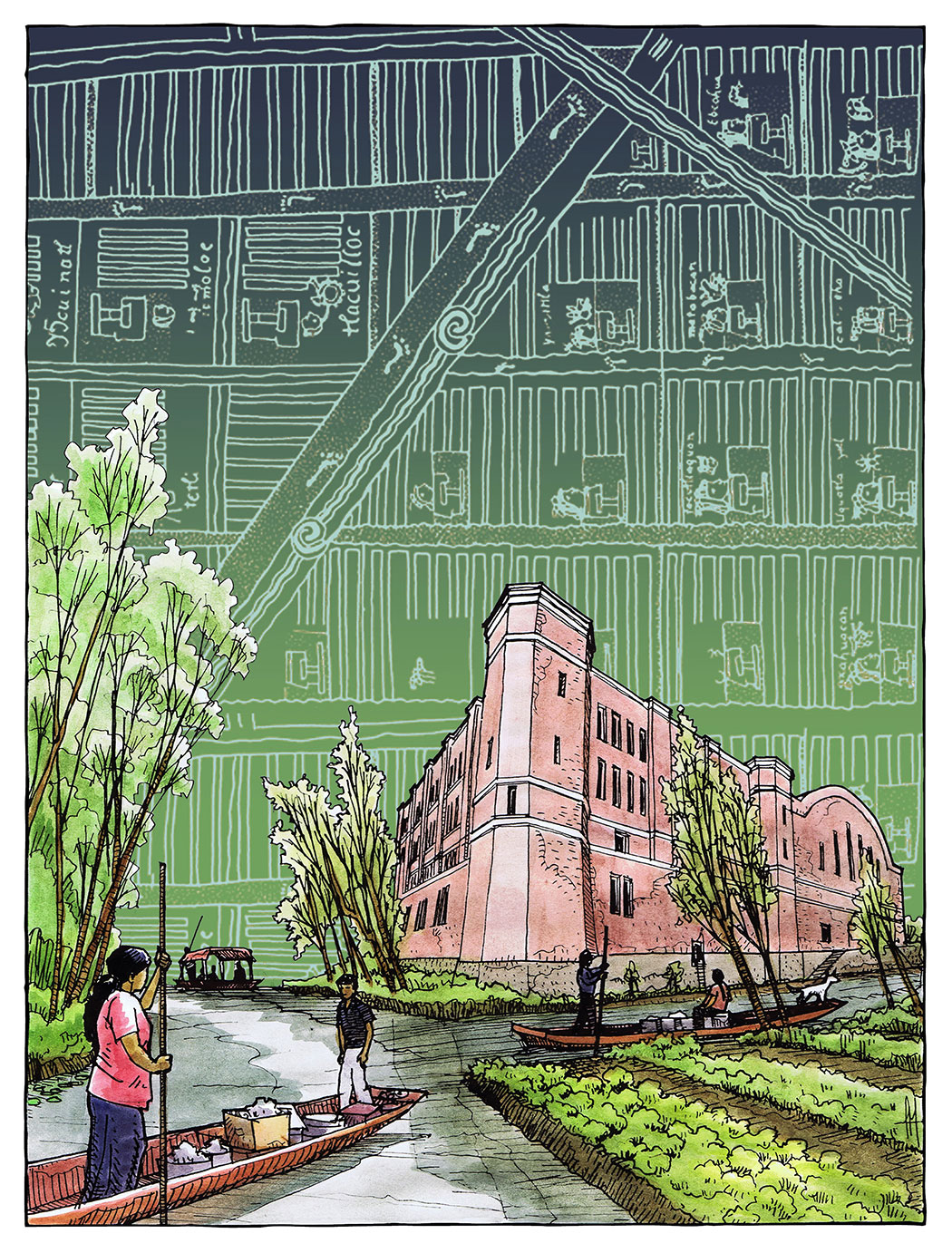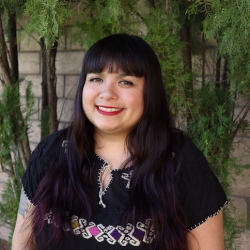LTNS 699: Latinxs and the Environment
Dates: August 11-16, 2024
Instructor: Dr. Carolina Prado
Fee: $395.00
Units: 1
Term: Summer 2024
Class Number: 1971 Section Number: 01Z
Course Description
This class is an introduction to the ways in which issues within Latinx communities and environmental resources and conditions intersect. Using historical analysis and contemporary case studies, we will examine how conflicts around natural resources, urban and rural planning and intergenerational practices inform Latinx experiences with the environment.
Through the course of our time together, we start with outlining the key elements of ethnic studies and environmental justice theories that will be at the foundation of the class. Then, throughout the week we will engage with different sites in the area to focus in on four elements and their historic and contemporary relationship with Latinx communities: air, water, land, and fire.
The emphasis of this class is to use the natural landscape as a foundation for thinking about the experiences of Latinx communities with the environment in rural and urban landscapes. Class time includes independent work, responding to daily prompts, engaging in nature journaling, and participating in group critiques and discussions. We will also have short readings that we will engage with as a class.

Art by Fernando Martí

Instructor Bio
Dr. Carolina Prado works at the intersection of community-based research, environmental justice, and border studies. She is an Assistant Professor of Latina/Latino Studies at SFSU and has previously taught in environmental studies departments in the U.S. and internationally. Her research looks at both the impacts and movements around issues of toxic waste, air pollution and water pollution in Latinx communities. The current research being developed is around the impacts of contaminated water runoff in the city of Tijuana, México. She is also passionate about food justice and anti-domestic violence work.
Course Details
Course Schedule
Students should arrive Sunday afternoon for set-up, dinner (6pm) and evening orientation/introductions.
Monday – Thursday 10am - 5pm, Friday 10am – 12pm.
There will be a few evenings of discussion/activities.
Each day we will travel off campus, which requires driving/carpooling and easy to moderate hiking.
Course Materials
Students should bring sturdy field shoes, a hat and sunglasses for protection, a field journal, water bottle, small pack, and paper copies of the readings. Bring a foam pad, folding stool, camping chair, or whatever you need to gather/draw outdoors comfortably.
Participants are encouraged to bring drawing materials of their choice for the nature journaling portions of class. Please be aware that we will be drawing outside, so portability, ease of use and containment of waste are important to consider. Listed below are suggested materials, but please bring what you feel the most comfortable with.
- Pencils and colored pencils
- Pencil sharpener
- White eraser
- Ink pen or markers
- Drawing paper pad watercolor or mixed media paper of your preferred size, about 10 sheets should be enough
- If you like watercolor, I encourage you to get a pack of watercolor pencils.
Lodging and Camping Supplies
Camping gear if you are staying on campus:
- tent and sleeping pad (unless you are staying in our tent with a cot provided)
- warm sleeping bag
- pillow, toiletries, and towel
- flashlight and lantern
- alarm clock
Field gear for everyone:
- day pack
- sunscreen and lipbalm
- sun hat
- insect repellant
- water bottles
- plastic containers for packed lunches
- sense of humor
You might also want to bring:
- camera
- binoculars
- hand lens
- camp chair
Clothing:
The weather in the Sierra Nevada can vary greatly, even in a single day. Be prepared for chilly temperatures at night, even below freezing early in the summer. Rain is a possibility any time, whether forecast or not. Variable weather clothing that can be layered is best: long pants and a long-sleeved shirt, warm sweater and jacket, t-shirt and shorts or skirt, sturdy shoes or hiking boots, sun hat, rain gear, and a warm hat or gloves for cold weather and/or night activities. And, if you come later in the season, bring your swimsuit for afternoon dips in the lakes!